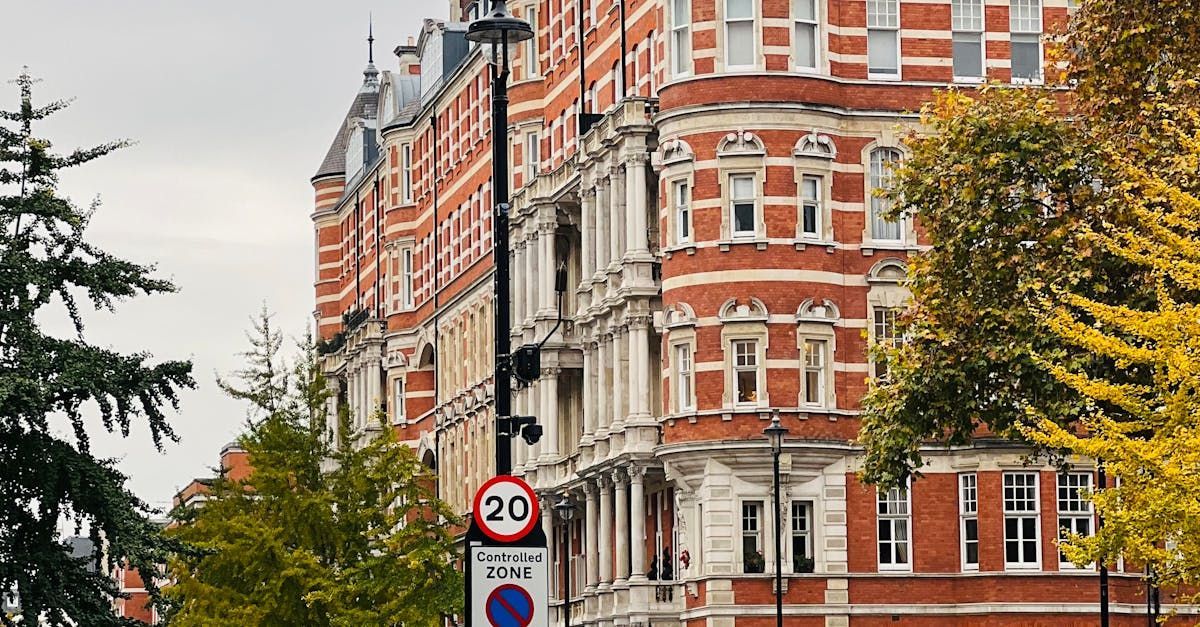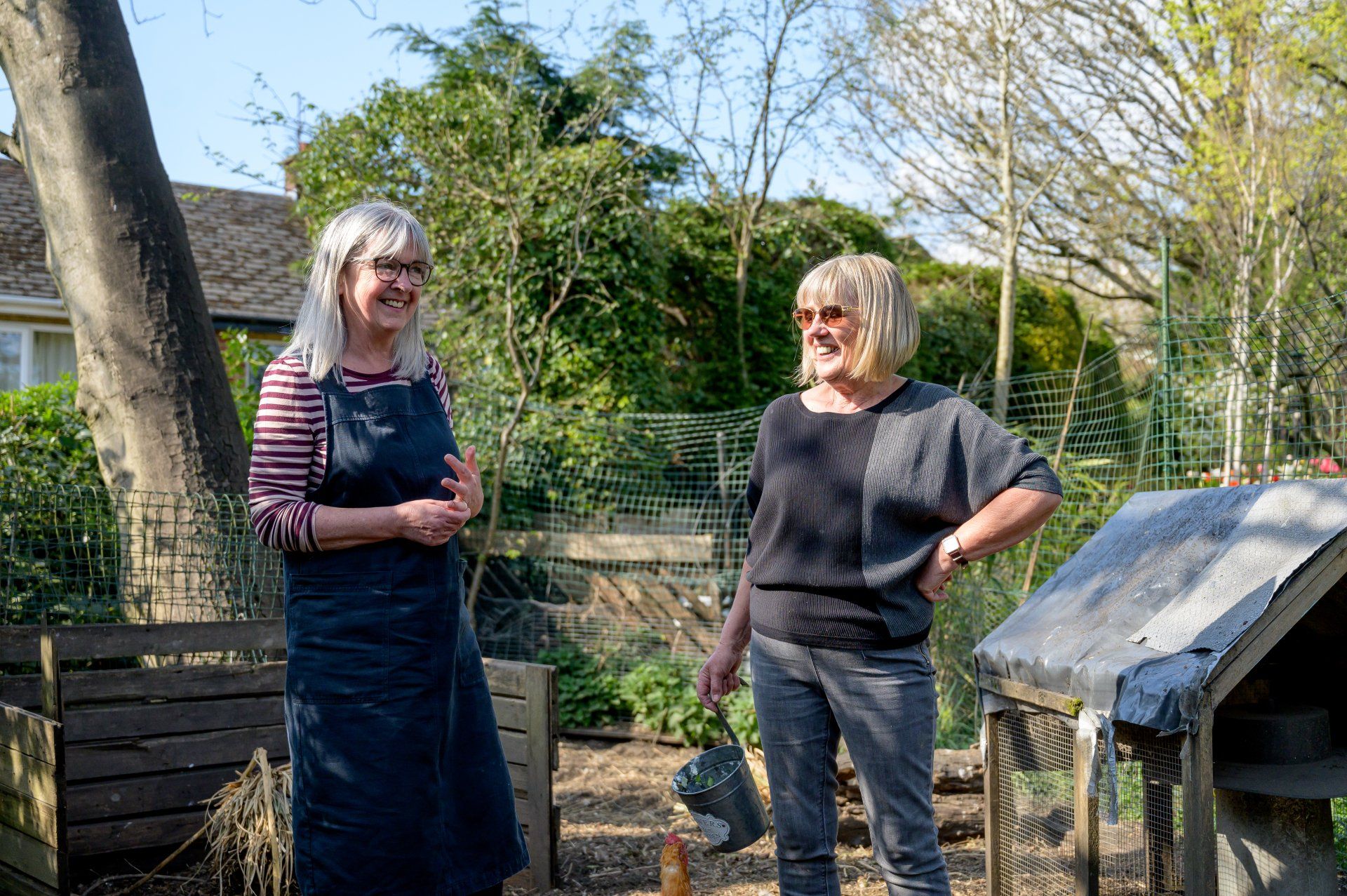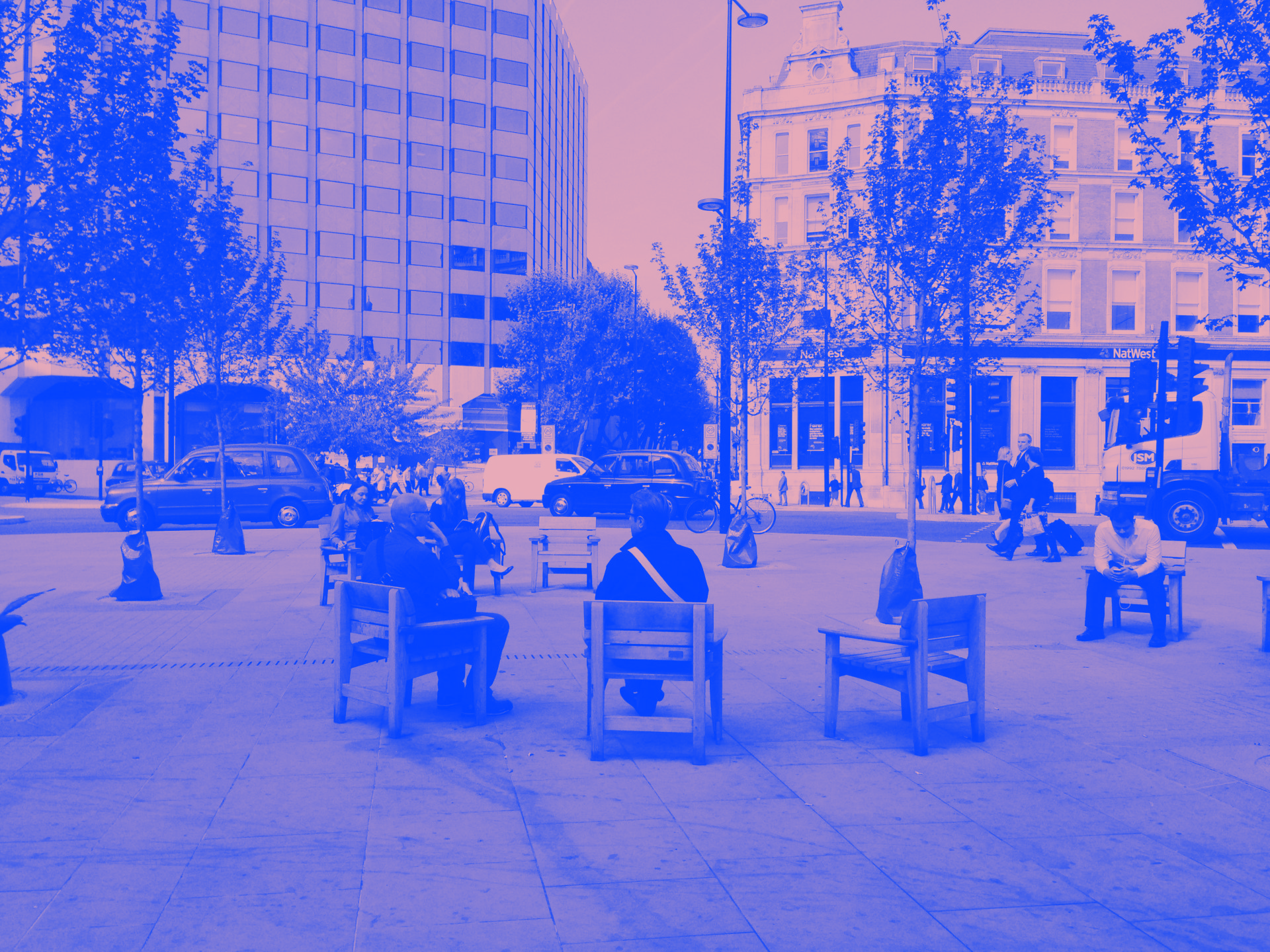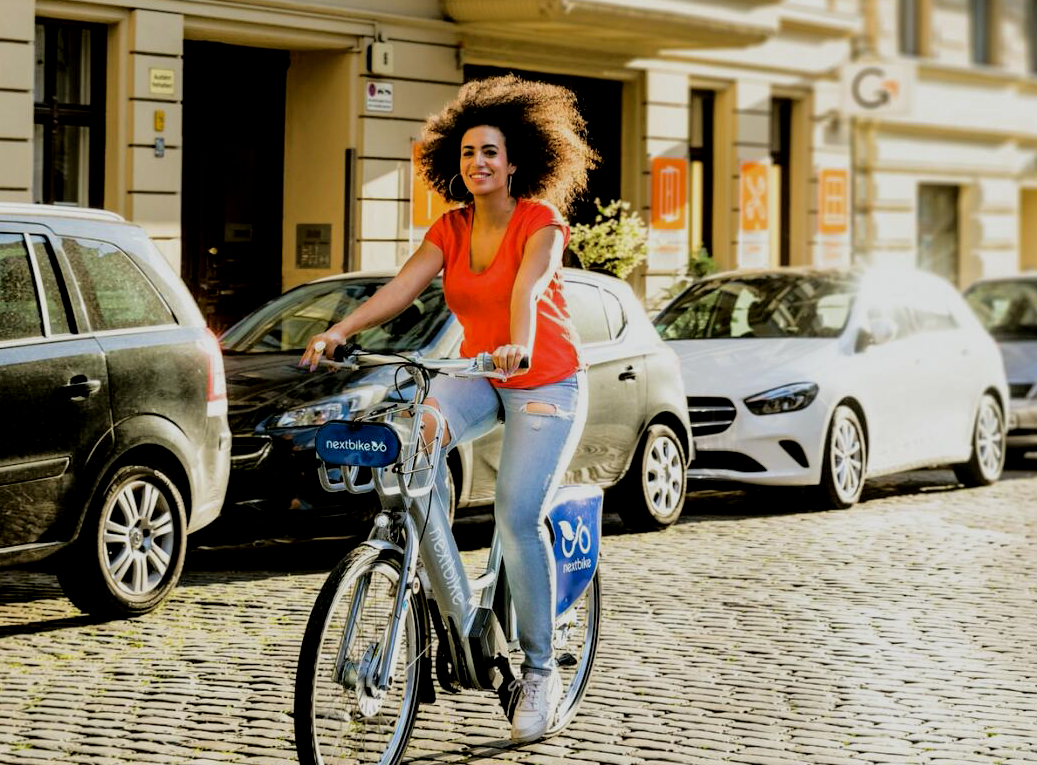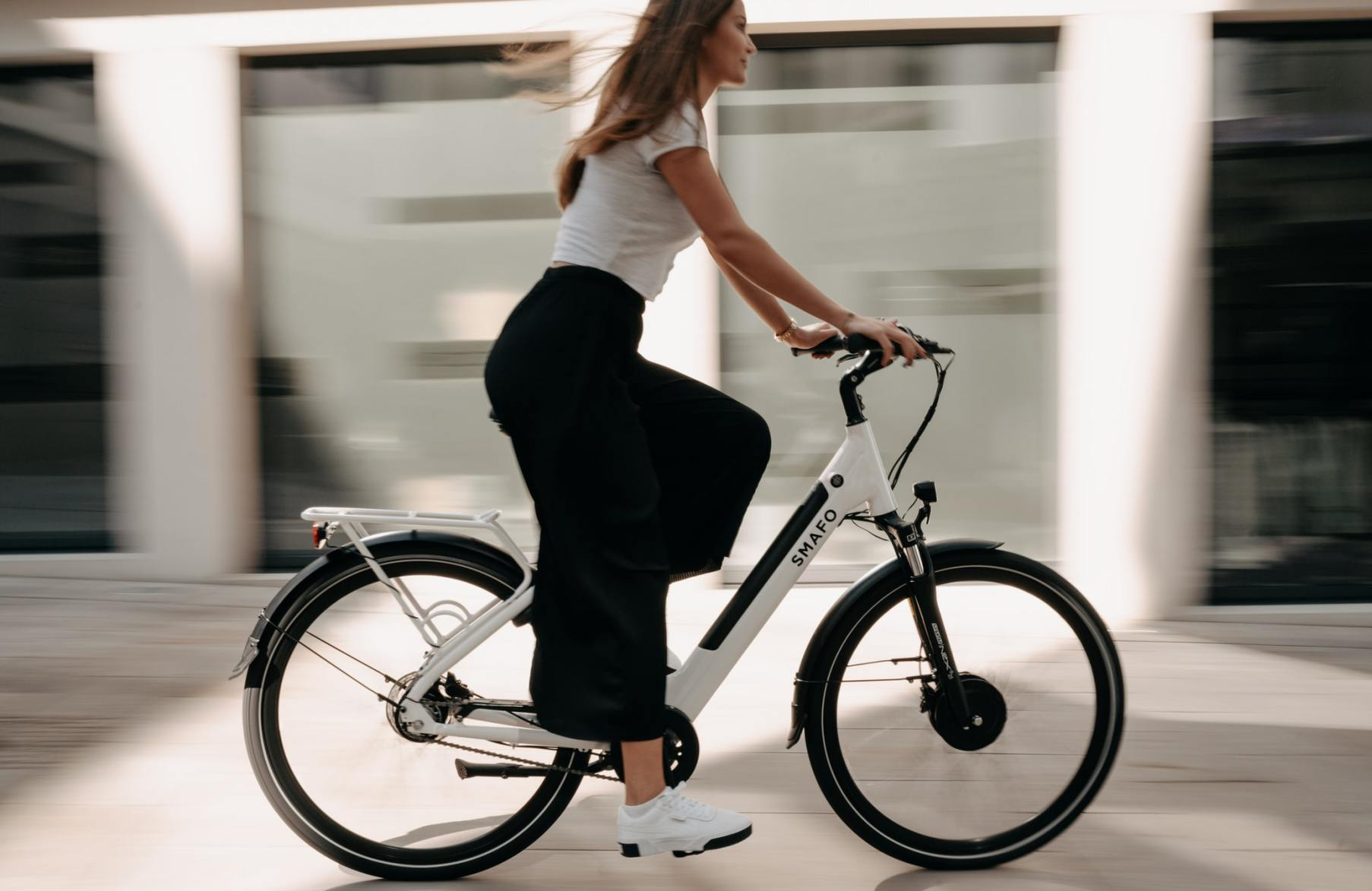The role of digital in post-covid placemaking
Tips for planners, landlords, councils and BIDs to use digital tools to encourage people back to town centres

The impact of Covid on many places has been devastating, with places of all sizes feeling the pinch and large urban centres the worst affected. Here we propose three tips for planners, property owners, local authorities, BIDs and other stakeholders to use digital tools to encourage people back to town centres and see the concept of the '15 minute place' become a lasting legacy.
1. Keep in touch
Many brands have worked hard during lockdown to maintain links with customers. Sandwich retailer Pret a Manger made the best of a bad situation by upping its social media activity to maintain engagement among its loyal customer base. Gym chain Fitness First is delivering online classes for its members in a bid to keep them focused on their fitness goals and more likely to return once restrictions are lifted. With vaccines being deployed, the end is in sight; town centres should invest in maintaining relationships with customers so they can’t wait to come back.
2. Rebuild loyalty
Loyalty schemes can support local businesses, encourage repeat visits and reinforce the identity of a local area. It’s no surprise, then, that many districts have experimented with them in the past. To be successful, loyalty schemes need to deliver useful customer data to participating businesses, which realistically needs to be enabled by a mobile app. In exchange for their data and participation, consumers will expect a seamless user experience and a meaningful reward. This doesn’t have to be discount-led; brands like O2, Sky and Sweetgreen have all developed successful loyalty schemes based on money-can’t-buy events and exclusive access to brands. This would be an easy and innovative approach to adopt in a town centre.
3. Lock in change
Covid brought about a giant experiment in remote working, with millions of office workers forced to work remotely. While many have enjoyed the experience, a good number of workers will want to return to offices once restrictions are lifted. The same is true for shoppers, visitors, tourists and others. Indications are that few of us will commute to work five days a week, so we might want more local places that offer flexible work spaces and services we previously enjoyed close to our work places.
The evolution is likely to continue long after coronavirus, as businesses continue to adjust and changes become permanent. Placemakers should therefore adopt agile, flexible approaches to encouraging workers, shoppers and visitors back to their town centres, based on the emerging position. Reliable Wi-Fi and good mobile coverage will be important, but so are simpler, lower-cost interventions like an up-to-date website, active social media accounts and coordinated listings information.
Rob specialises in strategic change and technology projects.
